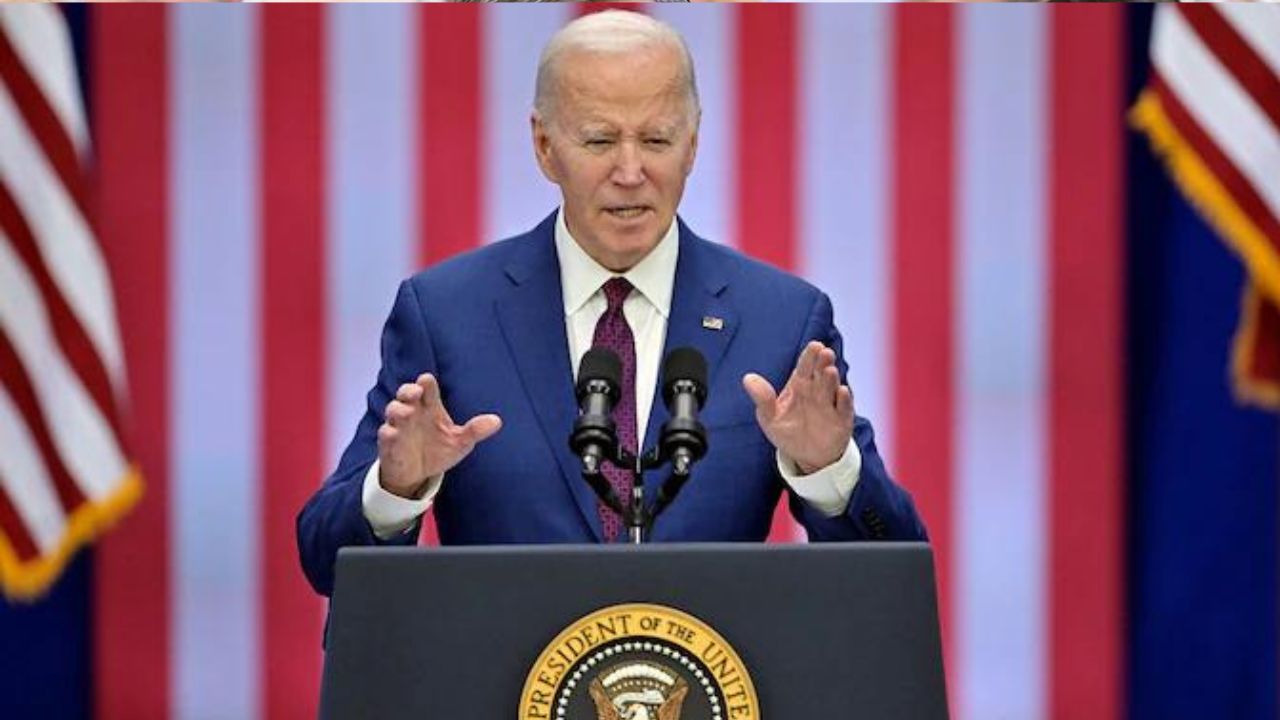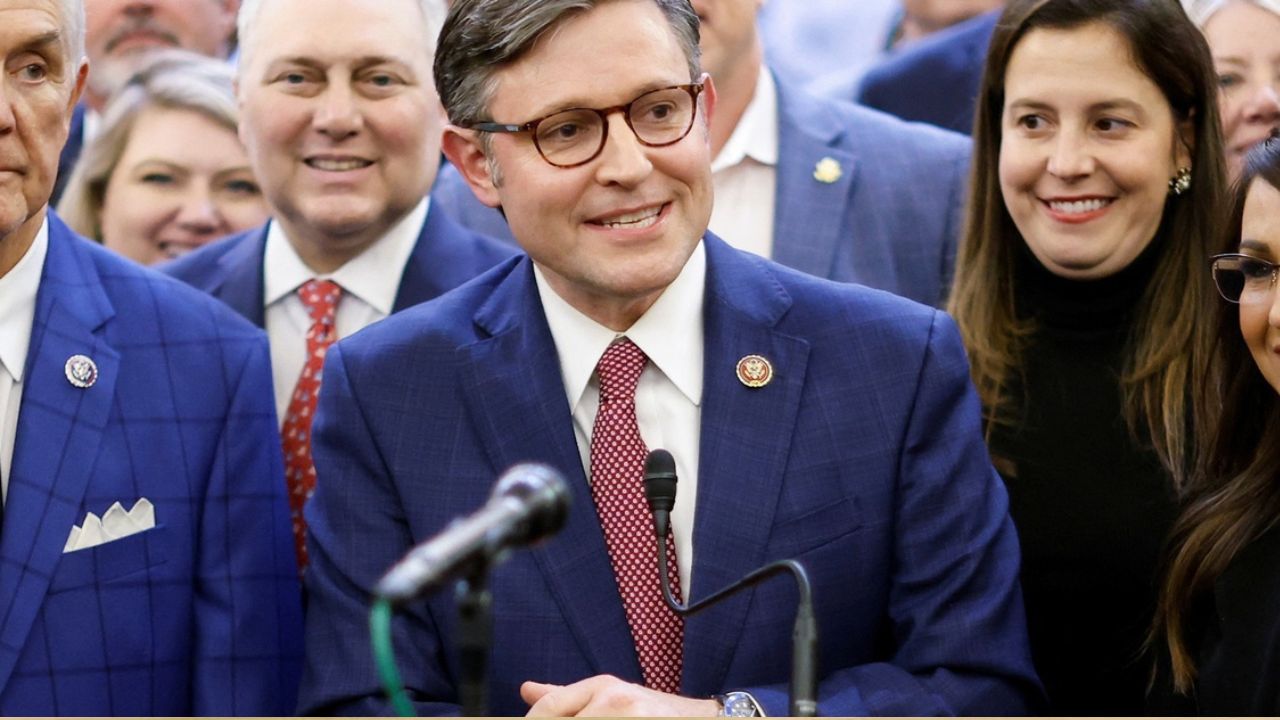President Joe Biden proclaimed a budget proposal on Monday, strategically designed to capture voters’ attention by offering tax breaks for families, reducing healthcare costs, minimizing deficits, and imposing higher taxes on the affluent and corporations.
Although the likelihood of passing through the House and Senate and becoming law is questionable, the proposal for fiscal 2025 serves as an election year blueprint, outlining the potential future if Biden and his fellow Democrats secure victory in November.
The finer details of the budget were disclosed following a preview in last week’s State of the Union address.
Deficit Reduction and Tax Revenues: The Backbone of the Proposal
If enacted, the Biden budget could slash deficits by $3 trillion over the next decade, achieving this through a comprehensive strategy. The proposal aims to raise tax revenues by a substantial $4.9 trillion during the same period.
Of this sum, approximately $1.9 trillion would be allocated to fund various programs, while the remainder would contribute to deficit reduction.

The intricate plan offers a nuanced approach to fiscal responsibility, emphasizing the administration’s commitment to addressing economic challenges.
Key Initiatives and Presidential Advocacy
President Biden took his budget proposal on the road, making a stop in Manchester, New Hampshire, where he urged Congress to extend the $2,000 cap on drug costs and $35 insulin to a broader demographic, not limited to those covered by Medicare.
Additionally, he advocated for the permanence of certain protections within the Affordable Care Act, set to expire next year.
The president highlighted the potential positive impact of the budget, stating, “I’m here in New Hampshire to talk about the budget I released today that would, I think, help in a big way.”
Bipartisan Perspectives: Realism vs. Recklessness
Biden’s aides assert that their budget stands out for its realism and detailed approach, distinguishing it from rival measures proposed by Republicans, which they deem financially unviable.
White House budget director Shalanda Young emphasized this, stating, “Congressional Republicans don’t tell you what they cut, who they harm. The president is transparent.”

However, House Speaker Mike Johnson and other GOP leaders countered, labelling the Biden proposal as a glaring reminder of the administration’s “insatiable appetite for reckless spending.”
They criticize it as not merely missing the mark but positioning itself as a roadmap to accelerate America’s decline.
Budgetary Allocations and Borrowing
Under the proposed budget, the government’s expenditure for the next fiscal year is projected to reach $7.3 trillion.
To cover the shortfall from tax receipts, the government plans to borrow $1.8 trillion, reflecting the scale and ambition of the budgetary allocations.
Biden’s comprehensive 188-page plan encapsulates a decade’s worth of spending, tax adjustments, and debt management.
